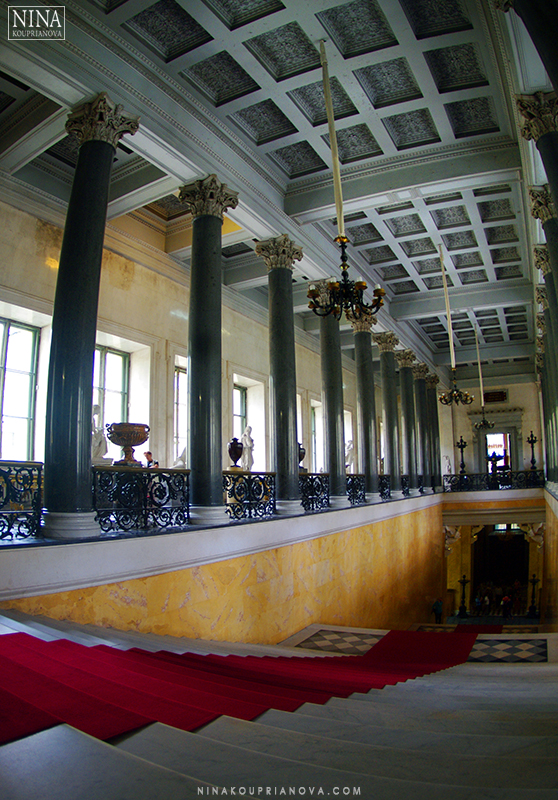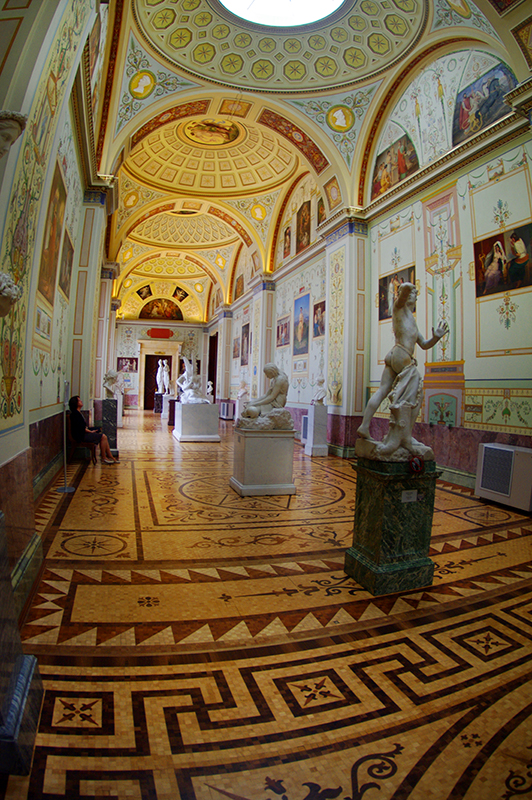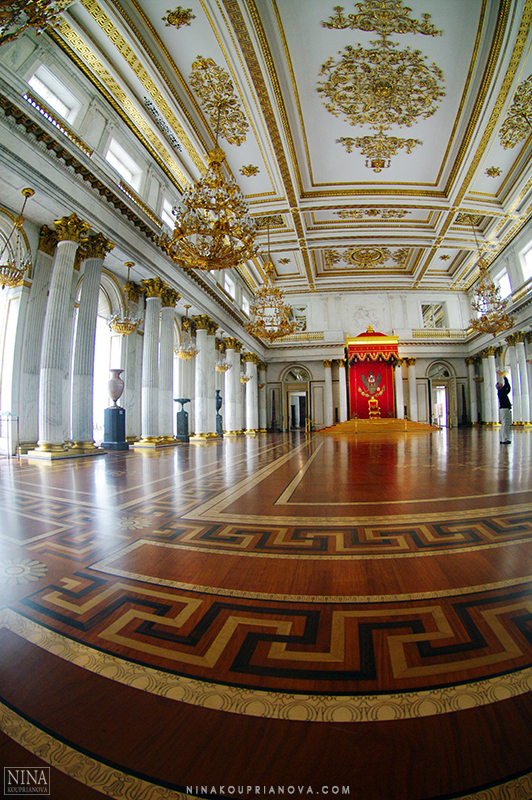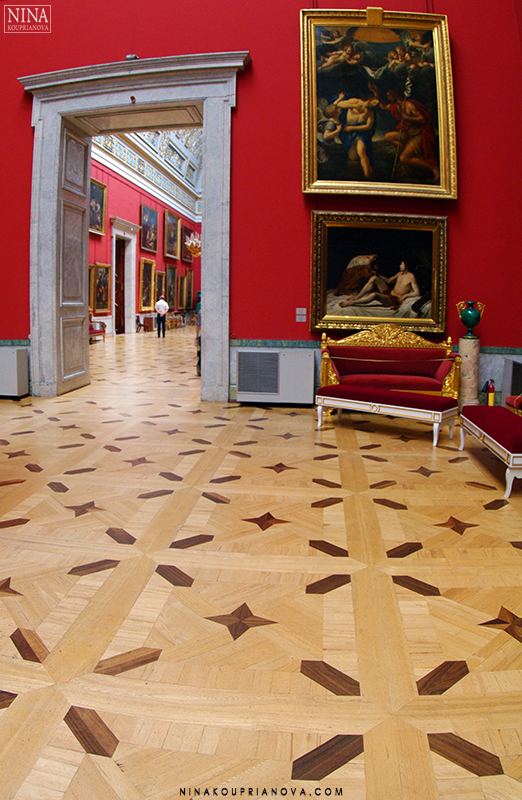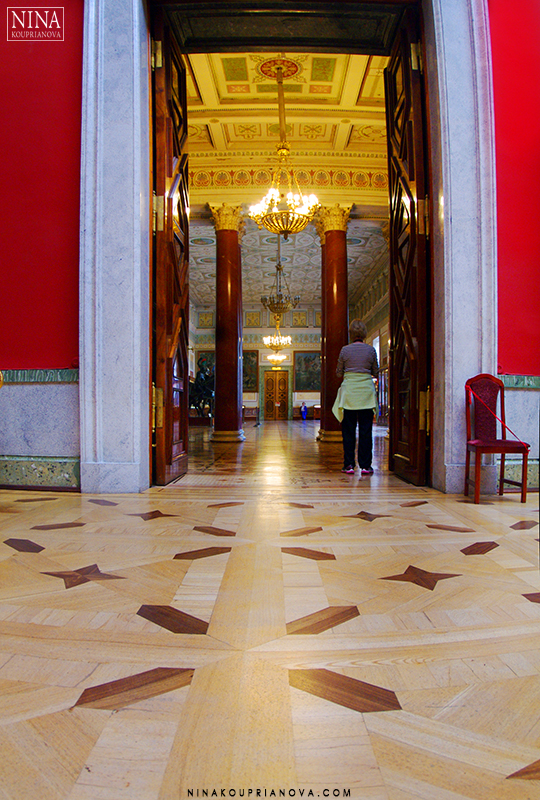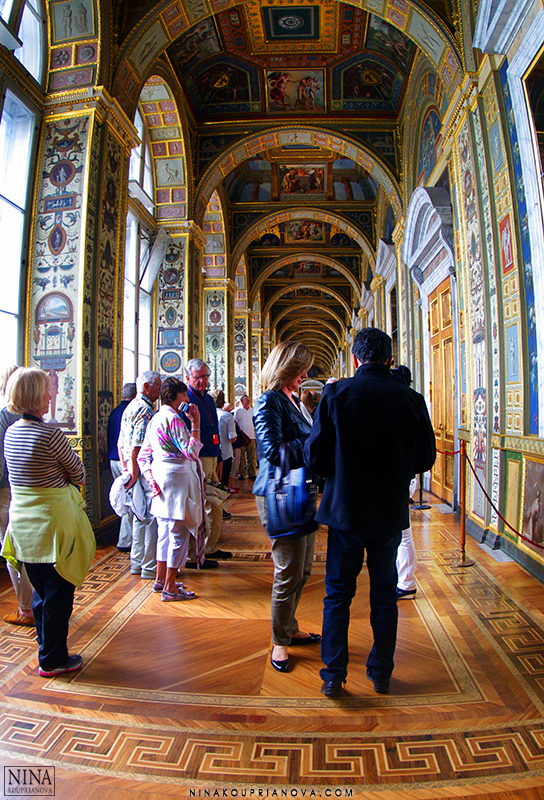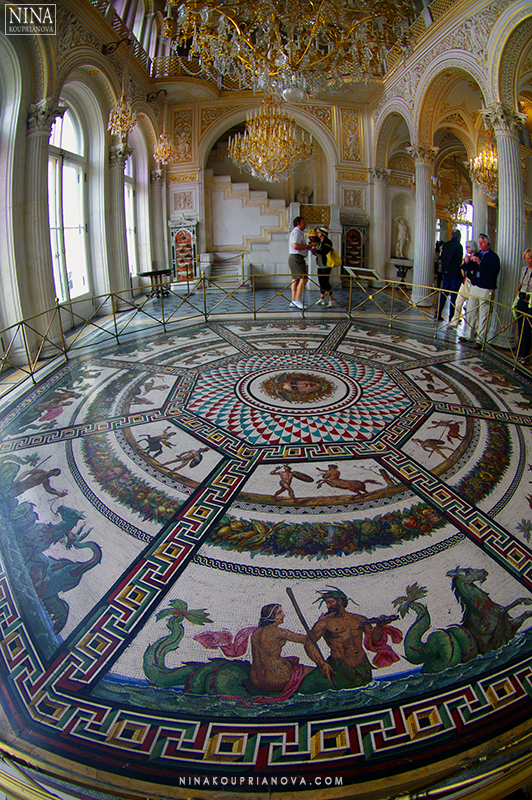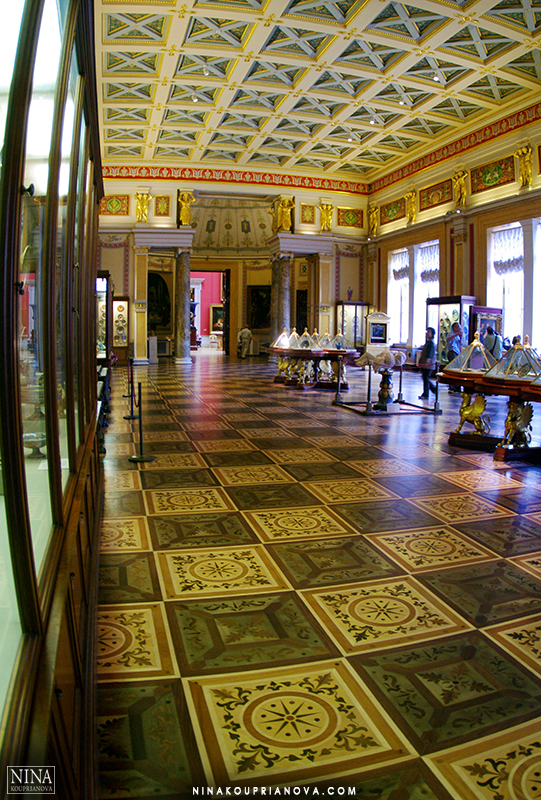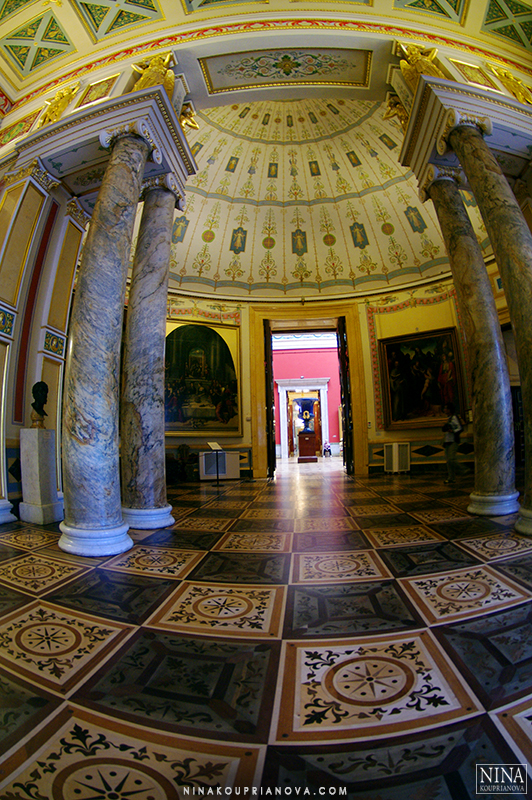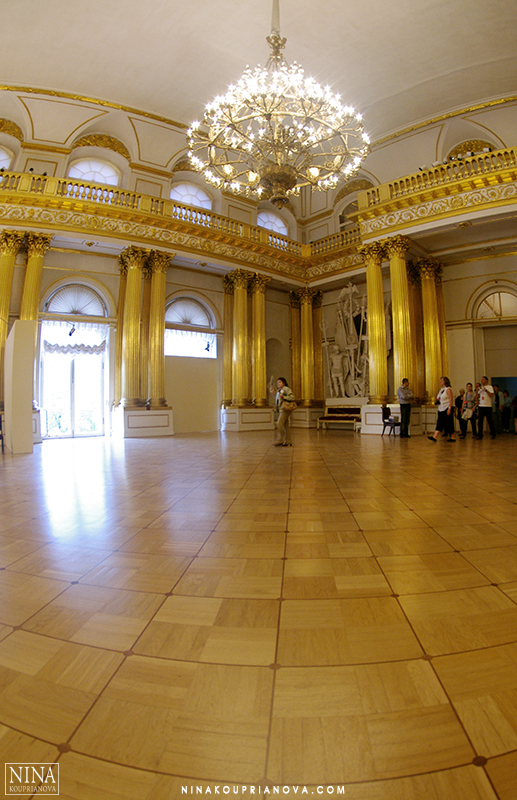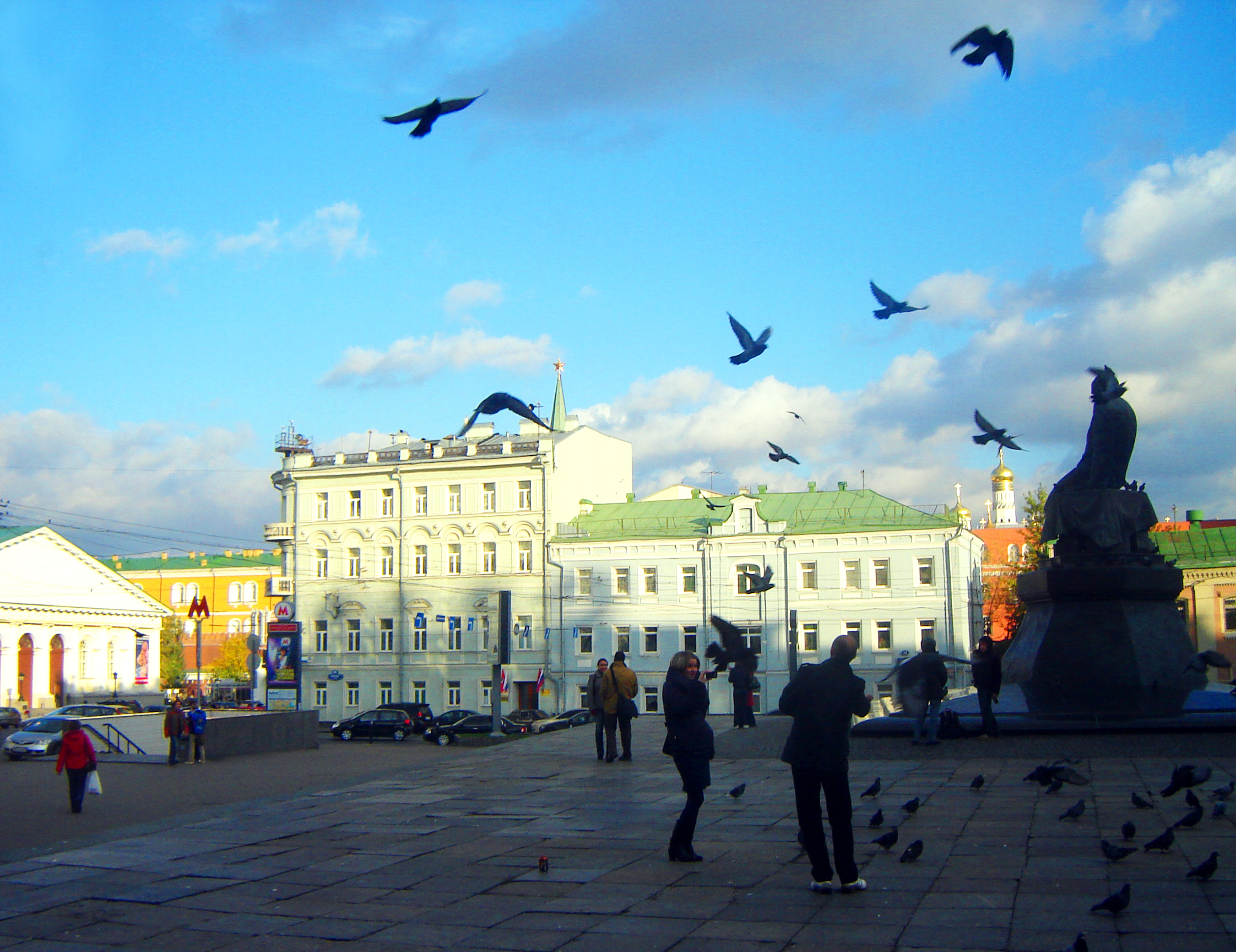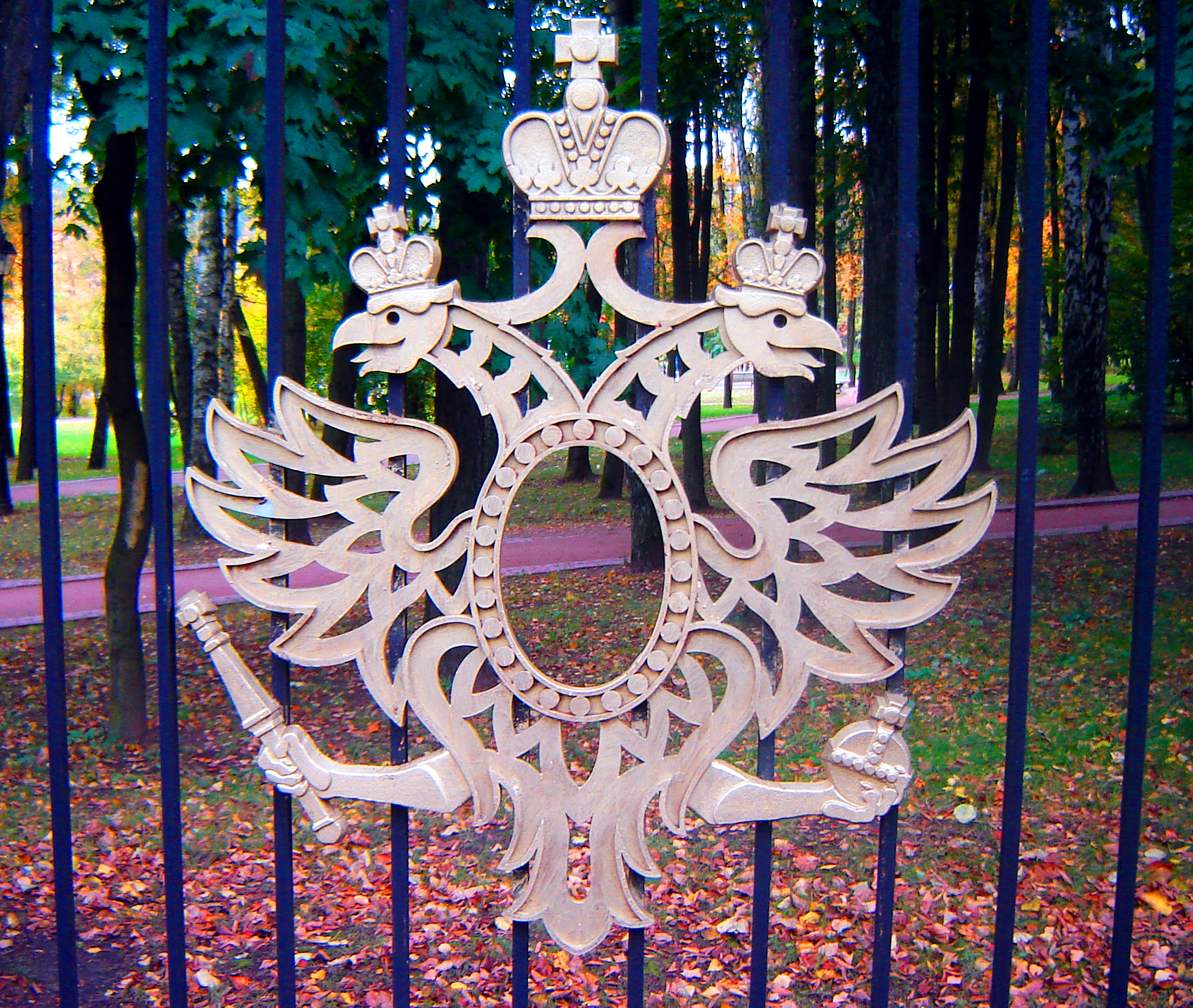Don't judge my first travelogue out of Japan too harshly: I'm still getting over the delirium that is jet lag caused by a 16-hour time difference, not to mention the climate change.
Was I really skiing through the extra-grim and frostbitten mountains last weekend?
When I first moved to the Rocky Mountains, I naively assumed that being closer to the west coast would make trans-Pacific travel simpler (and trans-Atlantic trips harder). Instead, infrequent flights to the Middle of Nowhere's Ski Country and tedious layovers made everything more complex. On average, a one-way trip for me takes 24 hours. (If peak-oilers are correct, then the latter, considering the still-relatively easy access, is certainly no reason for whining.)
Catching a late-arriving flight to Haneda, where I've only been once domestically, had the unexpected benefit of a nearly empty plane (the typical "shaky-shaky" over Alaska and the Kurils notwithstanding). And now, as I write this, only a few hours later, separated by broken sleep, monorail, Yamanote JR, and Tokyo station which I always try to avoid due to its sheer magnitude, I'm already on a Shinkansen on my way to Fukuoka by the way of Osaka, listening to the default feel-good band of choice, Buck-Tick.
The Japan Rail pass has always made travel for us, curious gaijin, incredibly affordable and convenient. Now, thanks to the so-called Abenomics, the Yen inflation had made it significantly cheaper. I'm almost afraid to tell my Japanese friends just how cheap riding in business class (green car) has become, if the genuine dropped jaw, literally, of the clerk at the JR office is of any indication.
Unlike my previous trips, when I often saw a city per day, I've decided to take it easy and, after visiting southern Japan for the first time since 2009, spend most of my time in and around Tokyo. In other words, I'm doing everything backwards as compared to a regular tourist. As a Japan newbie, I started with less expected Morioka and Kumamoto and now, years later, I'm working my way to popular locations like Nara and exploring more of Tokyo. One of these days I will get into anime.
Just kidding!
A smaller list of towns is the only slow aspect of this trip, however. As I always say, and obvious criticisms of urban "black holes" notwithstanding, you can take the girl out of the City, but you can't take the City out of the girl. I naturally default to the fast pace of Japan's metropolitan areas, skillfully maneuvering with my roller bag, surprisingly easily readjusting to the British-style traffic and pedestrian rules, backward for North Americans.
In fact, the only place where I feel outdone in this department is Moscow. An average Muscovite woman in stilettos could triumph in Olympic walking!
So far, I've only bothered to speak Japanese when English wasn't understood. A few years ago, I felt shy but still eager to practice what little I knew, only to realize that the Japanese would rather turn the tables and practice their English on you (or they are gently trying to spare you the embarrassment!).
So now I just feel shy, though I understand more than I let on. Of course, reading has always been easier for me, because the intonation feels so foreign. Worst of all, I have a Russian, not an English accent (as well as in what's left of my French and German.) Don't take this as an invitation to get me to speak, just so you could get some "LOLz" at my expense, because I'll figure out a way to get some "LOLz" back. Russians always have the last laugh, after all.
For now, however, it suffices to say: privet, Yaponiya!
P.S. All photos are mobile. Some were shot on a moving train.







